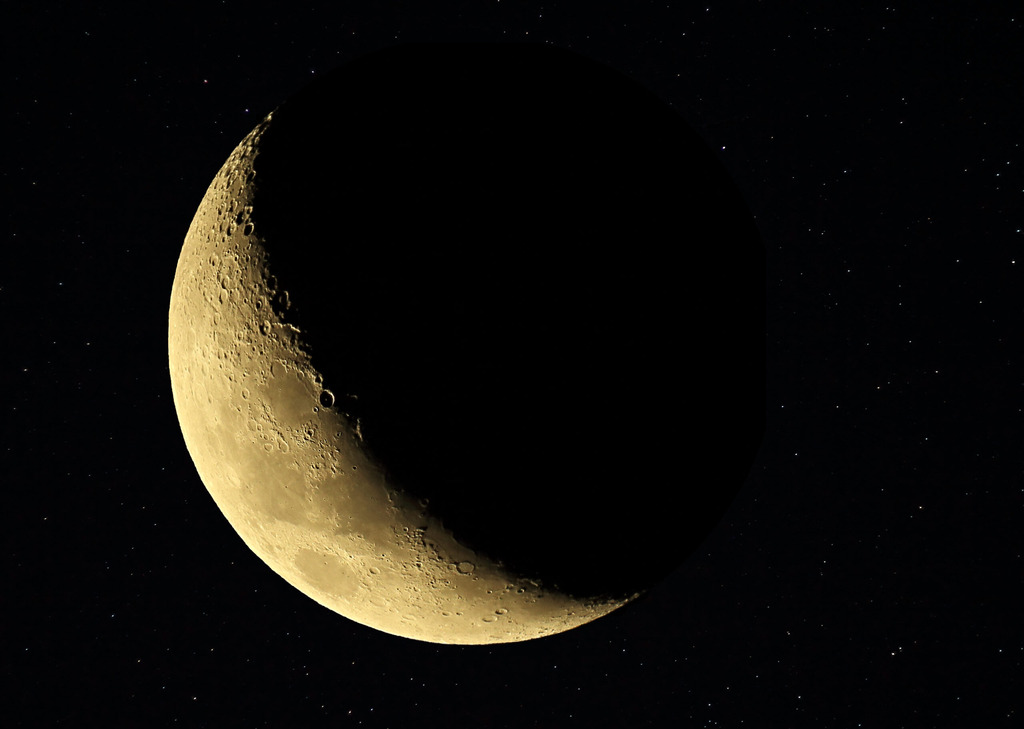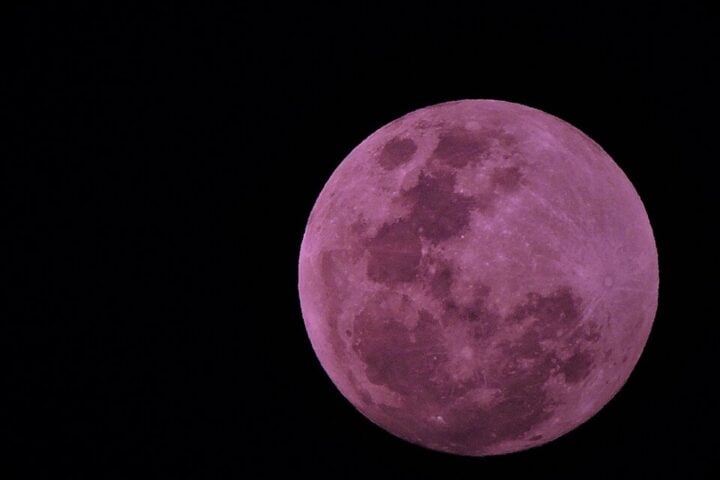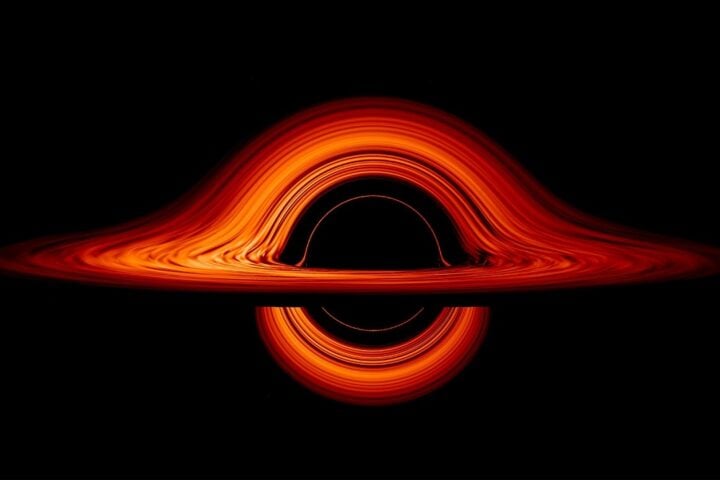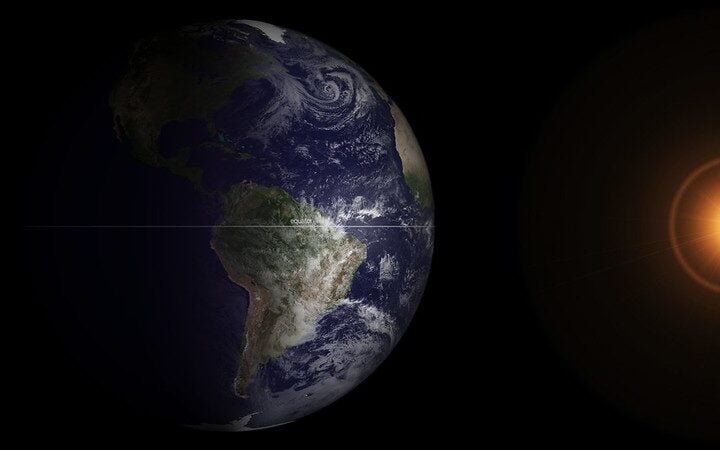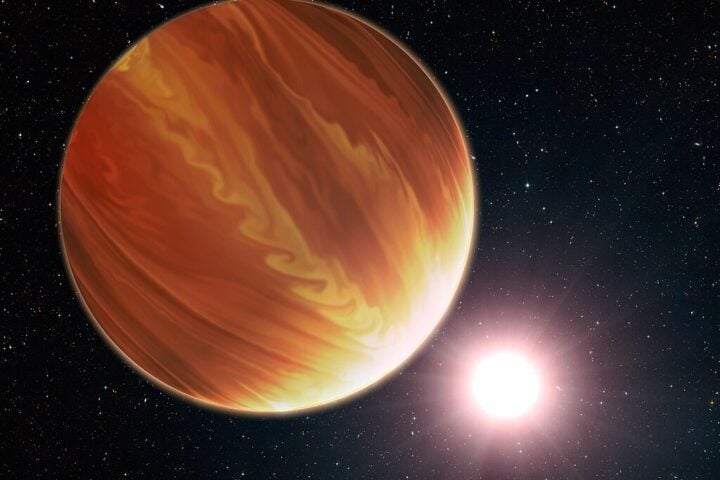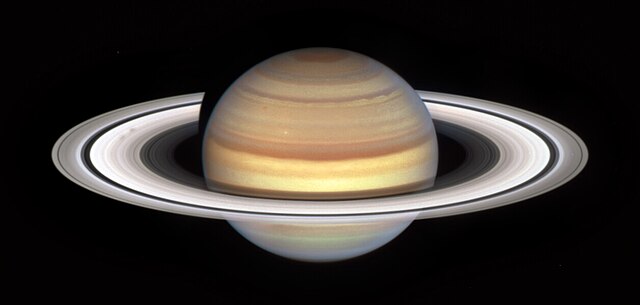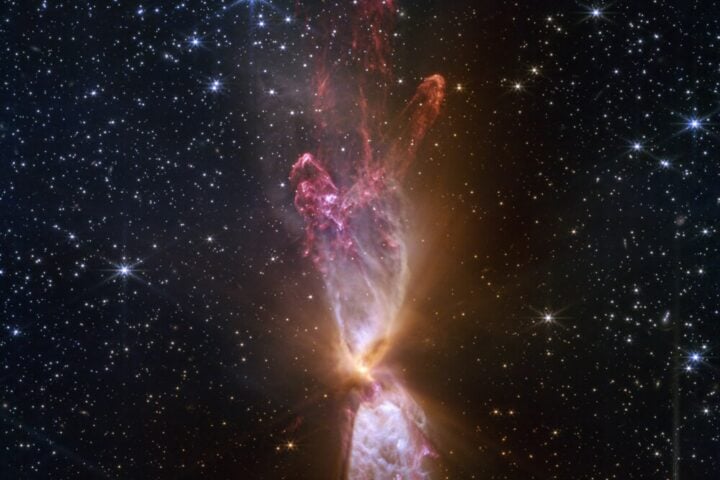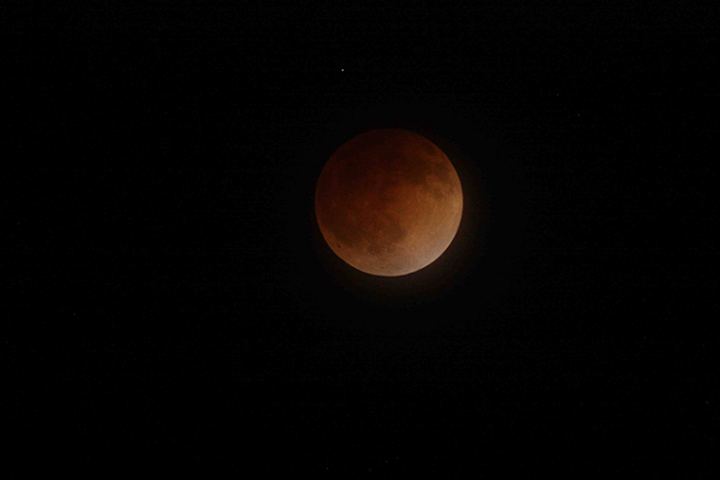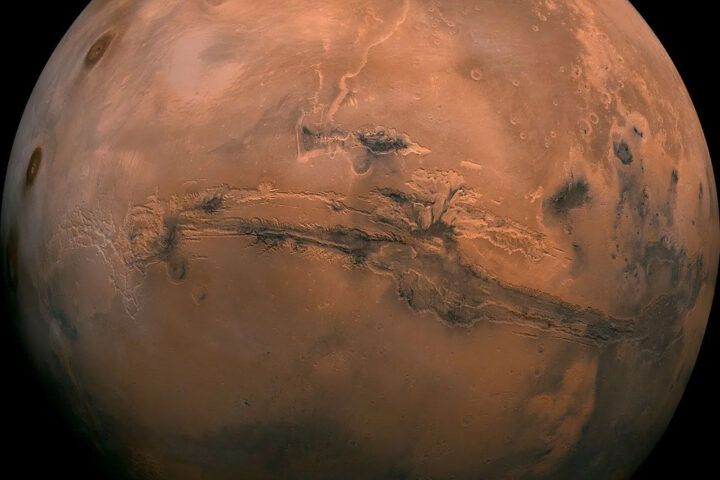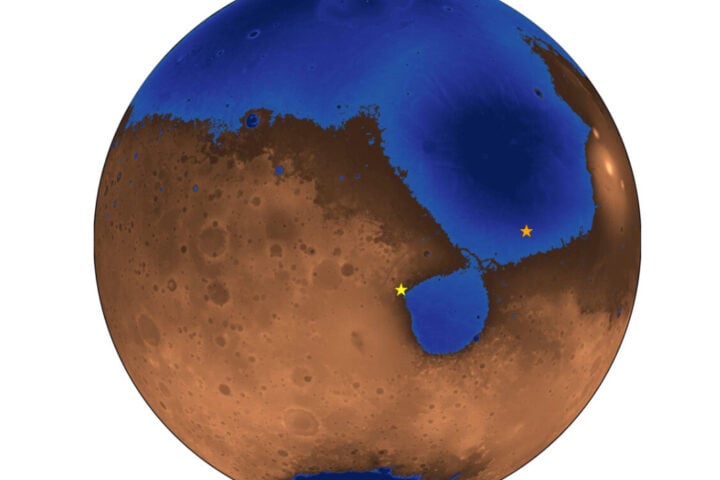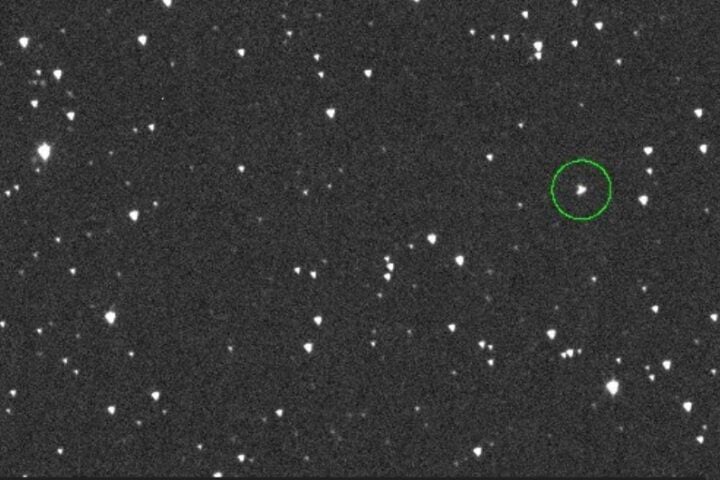Eternity is described as long as the Sun and the Moon are in the sky. On Sunday, we thought about the Sun. On Monday, which is moon-day, let us find out facts about this gentle satellite of the Earth. The Moon makes Earth a more lovable planet by moderating our home planet’s obbligato on its axis, leading to a relatively stable climate. It also causes tides, creating a rhythm that has guided humans for thousands of years.
According to astronomers, the Moon was likely formed after a Mars-sized body collided with Earth several billion years ago. Earth’s only natural satellite is simply called “the Moon”, because people didn’t know other moons existed until Galileo discovered 4 moons orbiting Jupiter in 1610. In Latin, the Moon was called Luna, which is the main adjective for all things Moon-related: Lunar. In Sanskrit, it is called Soma or Chandra, hence Monday is Somvar.
Many missions that have explored the Moon have found no evidence to suggest it has its own living things. However, the Moon could be the site of future colonization by humans. The Moon is less than a third of the width of Earth, with a radius of about 1,080 miles (1,740 km). The distance between the Moon and the Earth is an average of 238,855 miles (384,400 km). The Lunar experts say that the Moon is slowly moving away from the Earth, about an inch farther away every year.
Similar Posts
The Moon makes a complete orbit around Earth in 27 Earth days and rotates or spins at that same rate or in that same amount of time. Because Earth is moving as well—rotating on its axis as it orbits the Sun—from our perspective, the moon appears to orbit us every 29 days. The Moon has no rings. Earth’s Moon has no moons of its own.
The poets have compared the face of a beautiful woman to that of the Moon. Chandramukhi is an adjective given to a beautiful woman. The Lunar dynasty is the dynasty of Shri Krishna, while Rama belongs to the Solar dynasty. Thus, we are permanently related to the Sun and the Moon.
